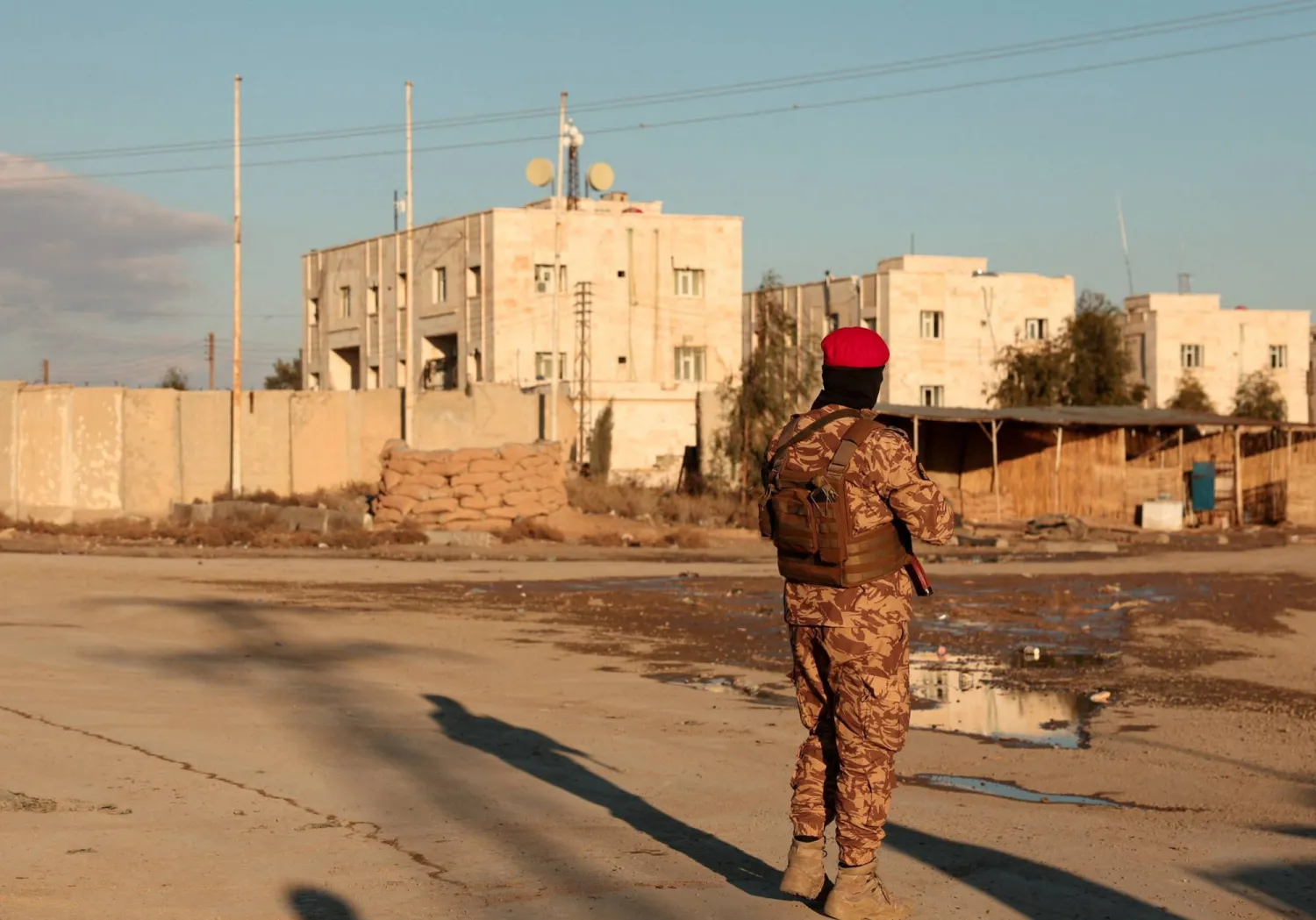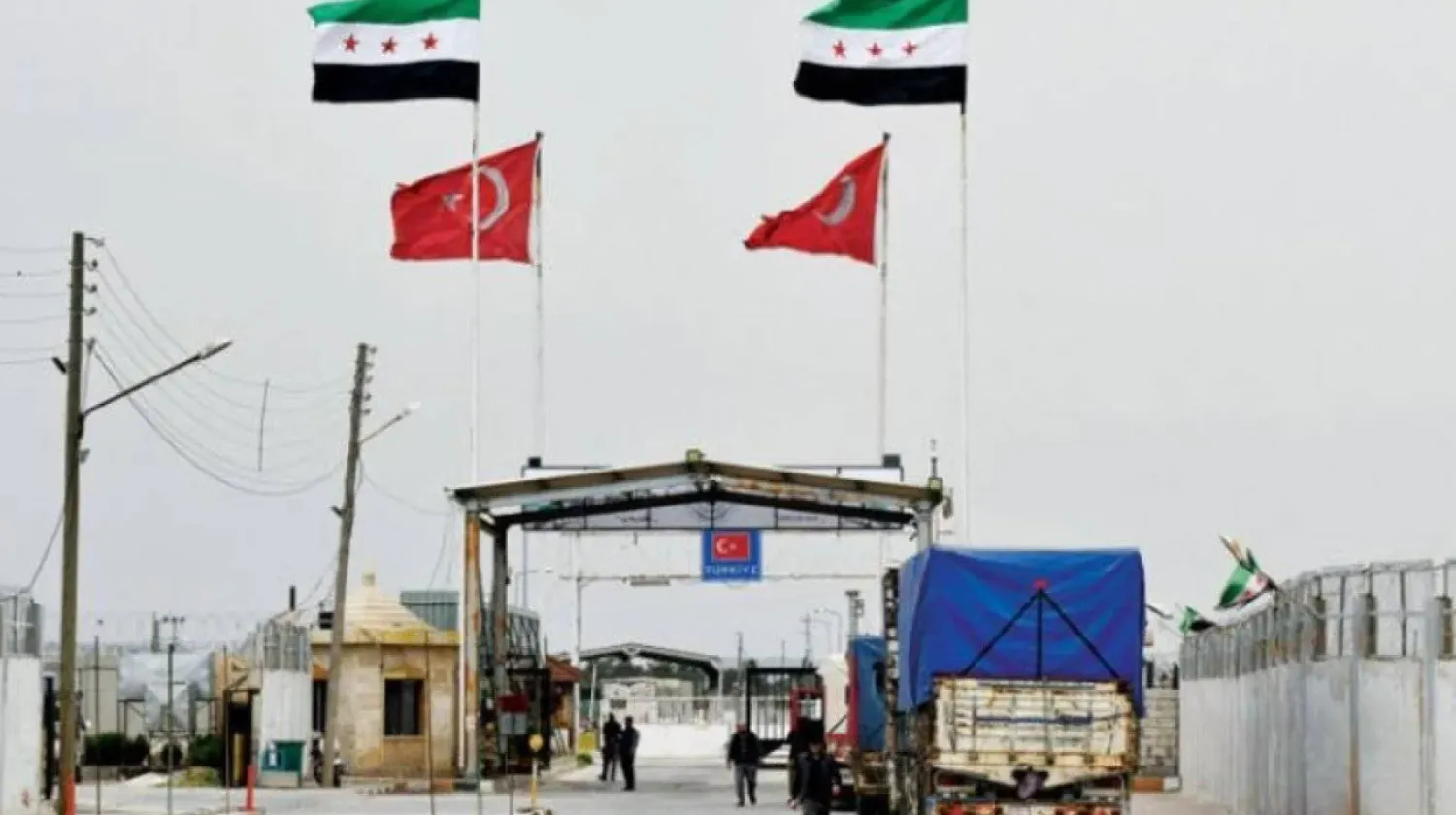The two parties to the Sudanese war conducted parallel visits to neighboring countries. Egyptian President Abdel Fattah Al-Sisi received, in Cairo, on Thursday, the head of the Sudanese Transitional Sovereignty Council, Lieutenant General Abdel Fattah Al-Burhan.
At the same time, the commander of the Rapid Support Forces (RSF), Mohamed Hamdan Dagalo (Hemedti), met with the head of the Libyan National Unity government, Abdul Hamid Al-Dabaiba, in Tripoli.
The two visits come as efforts to reach a political settlement to end the war, which is close to completing its first year, continue to falter.
Al-Burhan’s visit to Cairo carries several political meanings in light of “the absence of international interest in the Sudanese crisis,” according to the Secretary of the Foreign Relations Committee in the Parliament, MP Sahar Al-Bazzar.
In remarks to Asharq Al-Awsat, Al-Bazzar said: “The issue of resuming political dialogue is at the forefront, especially since Egypt is considered a channel of communication between the Sudanese army and international parties.”
Each side of the conflict is trying to “rally regional support for its position,” according to Sudanese expert Mohammad Turshin.
“There are multiple repercussions of the war in Sudan that affect various regional parties, and therefore there is an interest in quickly resolving it, which is something that Sudanese military leaders are aware of, and are working to exploit to strengthen their positions,” he stated.
The member of the Egyptian Council for Foreign Affairs, Ambassador Salah Halima, told Asharq Al-Awsat that regional positions have a major impact on the internal Sudanese scene.
He said: “Despite the failure of regional initiatives and moves to bring Al-Burhan and Hemedti to the negotiating table, each of them seeks to make a greater impact on the Sudanese scene, whether inside or outside the country.”
Halima added: “The faltering of the multiple initiatives for various reasons, and the failure of the actions of the Intergovernmental Authority for Development (IGAD)... all push towards the search for alternative paths and dialogue with both sides of the crisis.”
Expert on African affairs at the Al-Ahram Center for Political and Strategic Studies, Amani Al-Taweel, said that the Cairo and Tripoli meetings pointed to some “regional interaction, and the entry of Libya, represented by the Dabaiba government, as a new party in order to help reach a settlement, as part of the new Arab endeavor in the Sudanese file.”
“The Arab efforts in recent days come as a continuation of the meeting that took place in Manama, last month, and brought together Al-Burhan’s deputy, Shams al-Din al-Kabashi, and the second commander of the Rapid Support Forces, Abdul Rahim Dagalo,” Taweel said, stressing that ending the crisis in Sudan was a priority for Egyptian foreign policy.









